
views
Identifying Ongoing Labor
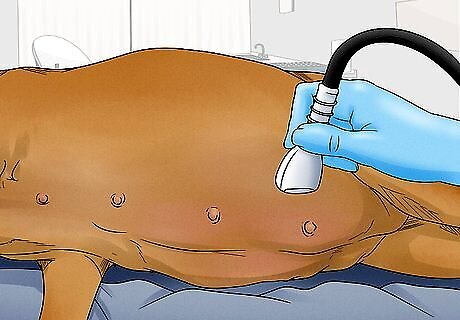
Consult your vet to see how many puppies should be in the litter. Usually, the vet will examine the dog around day 50 of pregnancy to see how many puppies it is carrying. This number should tell you how many puppies to expect. If the dog hasn’t had all of the puppies yet, there are more to come. It is extremely important to take your dog to the vet throughout pregnancy. If you do not know how many puppies to expect, you may not be able to judge when the dog is finished whelping and when it is taking a break. If you don't know the litter size, call your vet. If you’re not certain about the dog's litter size, look up how many puppies are average for your dog’s breed. While this may not be the number it actually has, it can give you an idea of what to expect.

Look for restless behavior as a sign that more are coming. Panting, pacing, whimpering, and changing positions can all be signs that there are more puppies on the way. If your dog still appears restless, it means that it is not done giving birth. The dog may either stand or lie on its side to give birth. You may notice that the dog changes this position frequently.
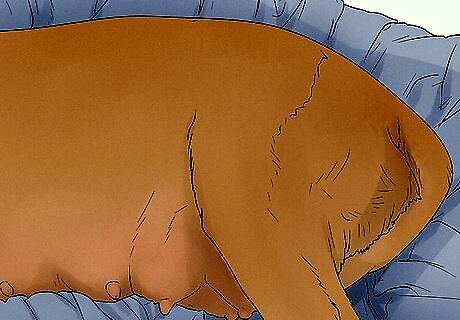
Watch for contractions to see if it is about to give birth again. When your dog has a contraction, its body may shake or strain. You may notice a wave-like movement near its back legs. The dog may also move its legs or reposition itself during a contraction. Contractions usually occur for ten to thirty minutes before a new puppy is born.
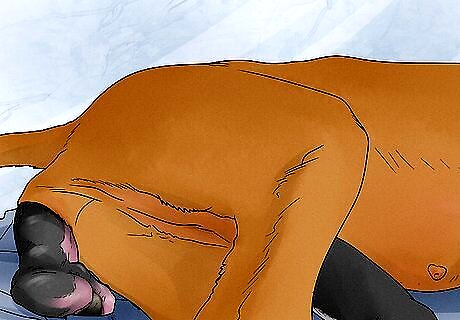
Recognize that many dogs take breaks during whelping. There's usually about 30 minutes between puppies once the first one is born, although sometimes it can take up to an hour for the next one to come. Your dog may stop having contractions, and it may become less restless. If you are expecting more puppies, be prepared to jump back into action soon. Whelping usually lasts about three to six hours, but it can last up to twenty hours, especially if the dog is a breed with a large head, such as bulldogs or Boston terriers. Some dogs may take multiple breaks throughout whelping. If you know your dog hasn't had all of her puppies yet and there's more than an hour before the next one comes, call your vet right away—one of the puppies could be stuck, which could be very serious for your dog and any puppies she hasn't delivered yet.
Recognizing the End of Whelping
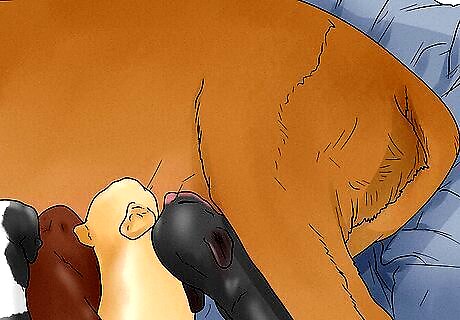
See if contractions have stopped. If contractions have stopped, there is nothing you need to do. If you are expecting more puppies, your dog will continue giving birth when it has rested. If you are not, your dog has finished giving birth! There may be a few contractions after the last puppy so that the dog can push out the last placenta.
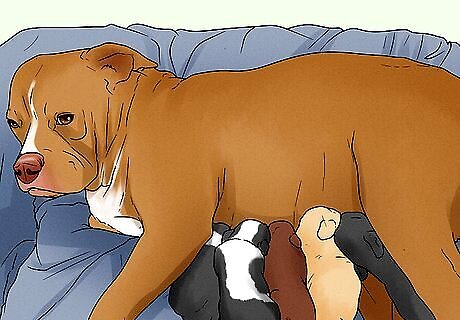
Look for signs that the dog is calming down. If the dog is no longer whimpering, moaning, or panting, it may be a sign that it has finished whelping. Count the puppies just to make sure that you have the right number.
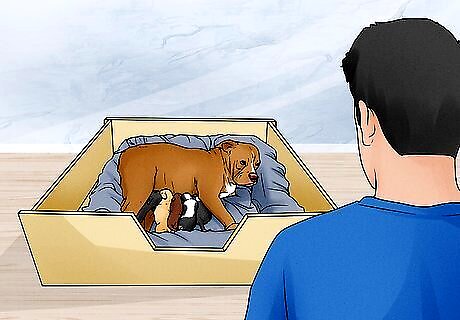
Supervise your dog for at least two hours. If you’re not sure if your dog is taking a break, continue to supervise your dog. If it is taking a break, it will start contracting again within two hours. If two hours pass and you are not expecting any more puppies, it may be reasonable to assume that your dog has finished. If you are expecting more puppies yet two hours have passed without your dog giving birth, call your vet. The dog should be calm and resting when it is finished. If two hours have passed and your dog appears restless, it may be preparing to give birth again.
Calling for Help

Notify your vet at the beginning of whelping. Let your vet know that your dog has started giving birth. This will put them on alert. If there is an emergency, they will be able to help you as quickly as possible. Your dog and puppies should be examined by a vet within 24 hours of birth, even if they appear healthy.
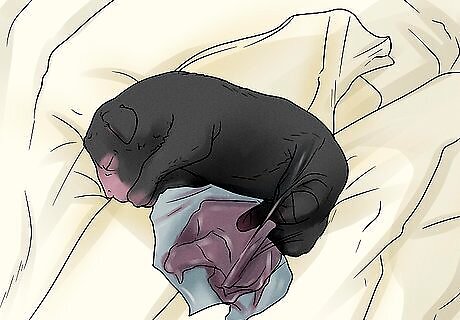
Make sure that there is one placenta for every puppy. The dog will typically release the placenta fifteen minutes after a puppy is born. Occasionally, two puppies will be born followed by two placentas. There should always be one placenta per puppy. If there is not, call your vet. Your vet may give the dog a shot of oxytocin to help it expel the placentas naturally.
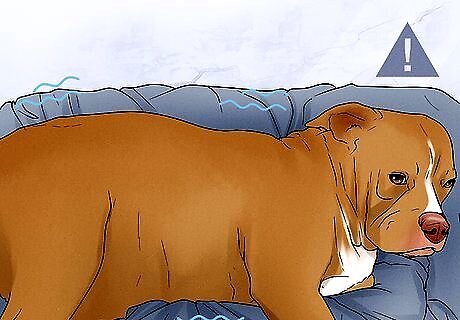
Take your dog to the vet if it is trembling or shivering. While a little bit of panting is normal immediately after birth, your dog should not be trembling or shaking. If this behavior continues several hours after birth, it could be a sign of complications, such as milk fever.
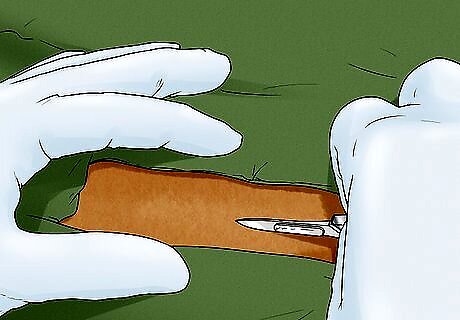
Get help if the dog has been having contractions for over 30 minutes. If the dog has been straining or contracting for 30 minutes without giving birth, a puppy may be stuck. Your dog may need an emergency C-section.




















Comments
0 comment